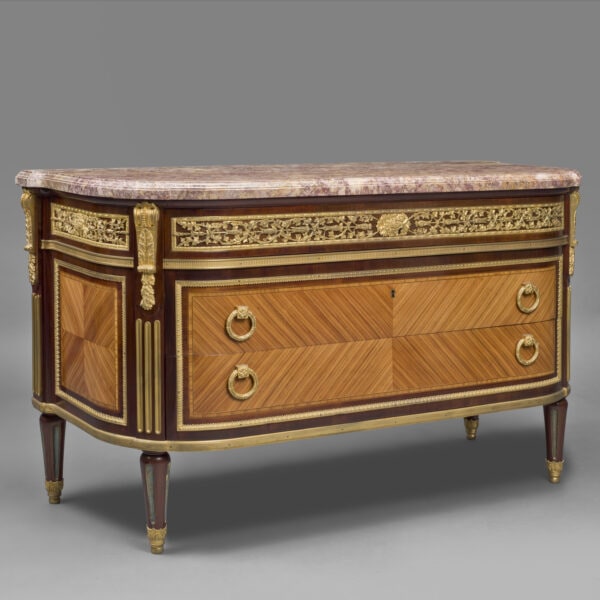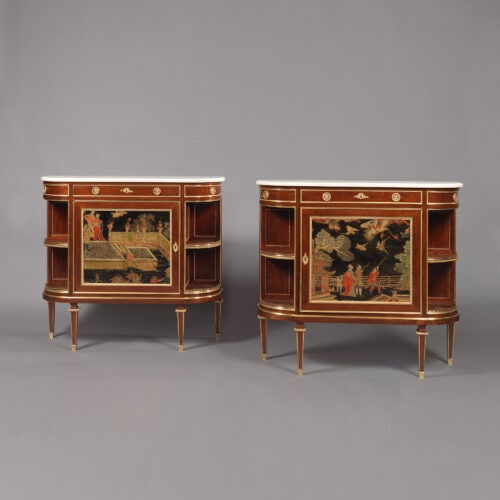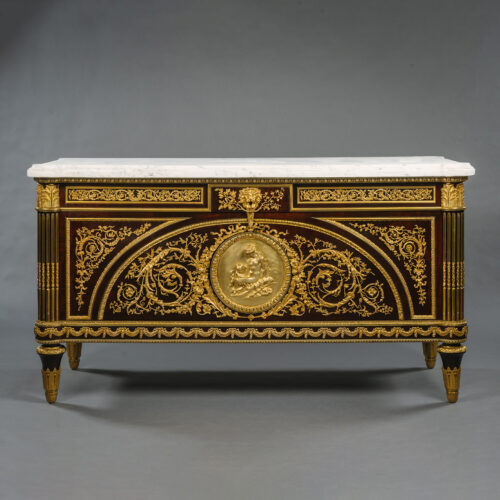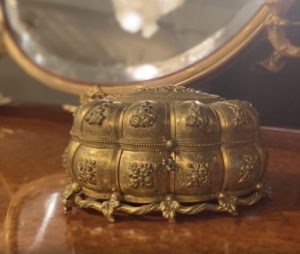مونبرو
زوج رائع من خزائن نابليون الثالث البرونزية المذهبة والنحاسية المقطوعة وخزائن بوله
£65,000
A Fine Pair of Napoleon III Gilt-Bronze, Cut-Brass and Boulle Marquetry Inlaid Cabinets Attributed to Monbro. Each cabinet has a rectangular granite...
ابعاد
Height: 119 cm (47 in)العرض: 87 سم (35 بوصة)
Depth: 43 cm (17 in)
وصف
A Fine Pair of Napoleon III Gilt-Bronze, Cut-Brass and Boulle Marquetry Inlaid Cabinets Attributed to Monbro.
Each cabinet has a rectangular granite top above an ogee shaped frieze with finely cast acanthus corner claps set between gilt-bronze egg and dart and fruited vine borders. Below is a panelled cupboard door set with a fine cut-brass, pewter, and stained horn ‘contrpartie’ Boulle marquetry panel of scrolling foliage and plamettes, flanked by uprights headed by gilt-bronze foliate volutes and inlaid with corresponding Boulle marquetry panels; the sides centred by gilt-bronze trophy mounts. Each cabinet has a shaped apron with a central flowerhead rosette and is raised on spiral turned toupie feet.
الفرنسية، حوالي عام 1870.
تاريخ
حوالي عام 1870
أصل
فرنسا
متوسط
Boulle Marquetry Inlay
The famous Parisian firm of Monbro was founded around 1801 and became during the 19th century one of Europe’s most celebrated firms, supplying furniture to Louis-Philippe, the Duchesse d’Aumale and the Palais de Saint-Cloud. They exhibited at the Exposition des Produits de l’Industrie in 1844 and the Paris Exposition Universelle in 1855, displaying exceptional items incorporating Florentine ‘pietre dure’ inlay. The firm also maintained a shop in London in the 1860s at Frith Street, Soho, showing its importance at the time. Today their work can be found in important private collections, royal collections and museums across the world including the Musée D’ Orsay and the The Bowes Museum,
The firm of Monbro was established by Georges-Marie Monbro (1774-1841), who was born in Malta and lived for some time in England before returning to France around 1801 at the time of the peace of Amiens. Once in Paris he quickly established himself, placing an announcement in the Annonces, Affiches et Avis divers du 5 Pluviôse An IX (25 Janvier 1801):
‚ÄúNouvellement arrivé dans cette ville, il prévient le public qu’il raccommode les meubles les plus précieux, notamment les anciens meubles connus sous le nom de BOULLE, en ébène, cuivre et écaille, nacre de perle etc…, de manière √† les remettre absolument √† neuf, et qu’il établit en outre des meubles neufs, tant en ce genre, qu’en tout autre et dans le go√ªt le plus moderne. Sa demeure est rue de Beauregard, passage de la Boucherie, n¬∞215.‚Äù
Recognised as ‚‘fort bon royaliste‚’ he worked for amongst others the Duchess de Berry, and from 1832 was listed in les Almanachs du Commerce as a cabinet maker and antique dealer.
The House of Monbro was greatly expanded during the reign of Louis-Philippe, with Georges-Alphonse Monbro (1807-1884), George-Marie’s eldest son, taking charge from 1838 onwards. Georges-Alphonse expanded on his father’s work as a – ‚ÄúMaison spéciale pour ameublements anciens, ateliers de réparations, pendules, bronzes, candélabres, porcelaines de Chine et de Sèvres, meubles sculptés, bois dorés Louis XIV, Louis XV etc…‚Äù
He concentrated on historicist revival styles of the time based on examples from the ‘ancien regieme’, particularly those models after Boulle. He also developed his business as a ‘antiquaire-marchand de curiosités’, frequently buying at the Hotel des Ventes and acquiring items for important collectors such as John and Joséphine Bowes.
Perhaps in part because of his association with John Bowes and because of his increasing success as a supplier of ‘meubles de luxe’, he opened a branch in London in 1861 at 2 Fifth Street, Soho Square.
The catalog of the sale of his estate from 19 to 21 February 1895 showed the reality of his two professions of cabinetmaker and antique dealer, having become a renowned expert and great collector. Many of the items from his estate were purchased by important collectors of the period.
Literature: Ledoux-Lebard, Denise. Les Ebénistes Du XIXe Siècle, Les Editions de l’Amateur, (Paris)
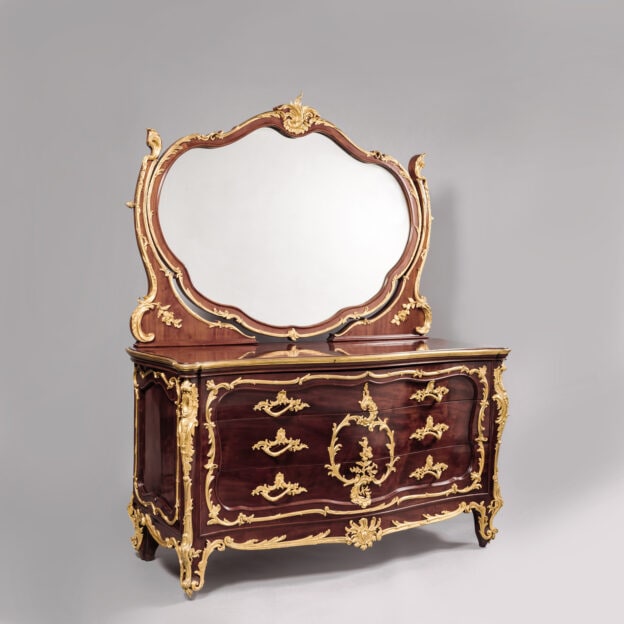




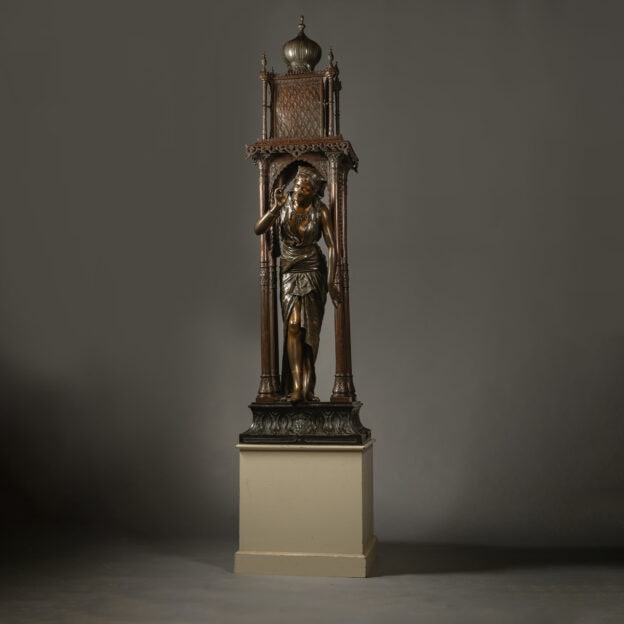
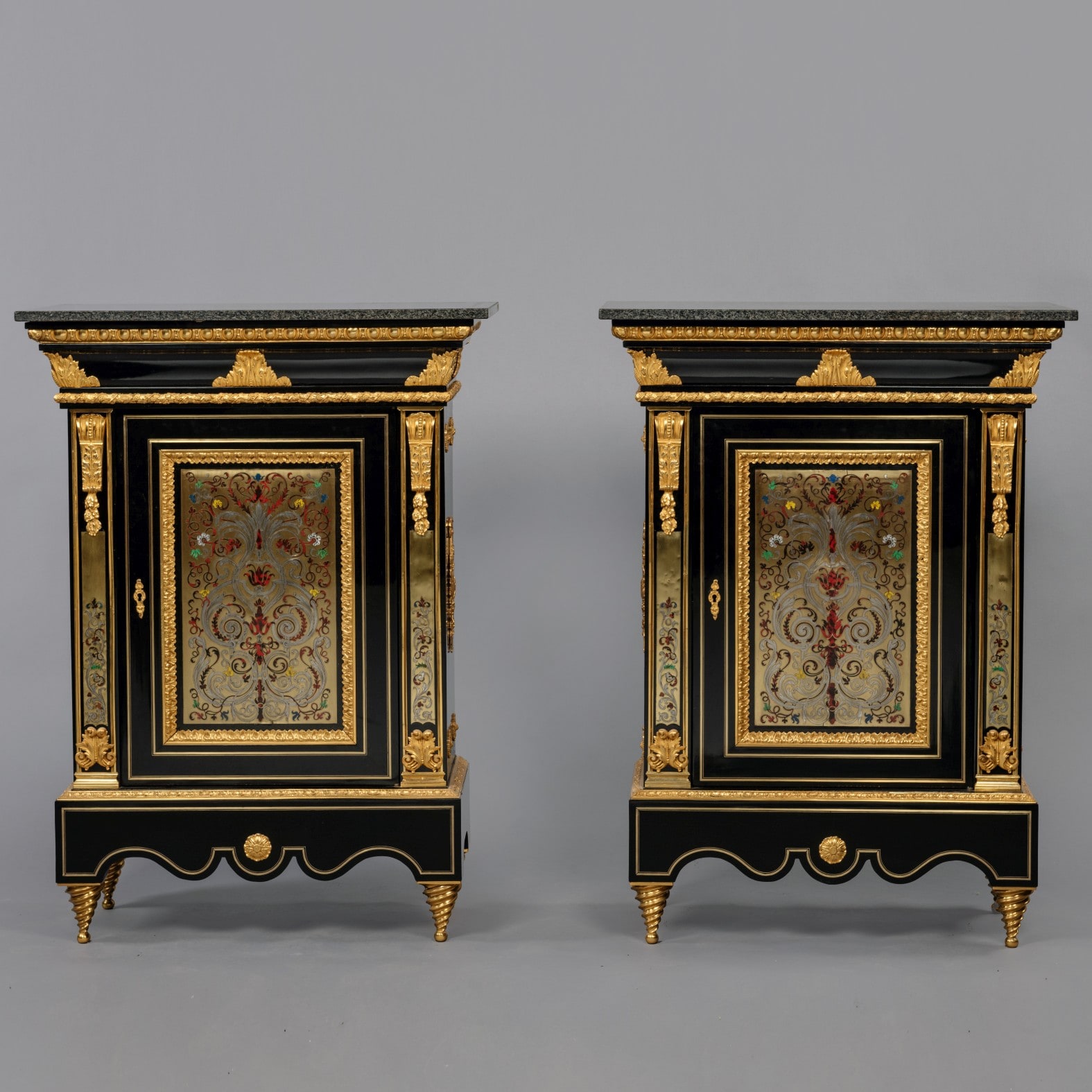
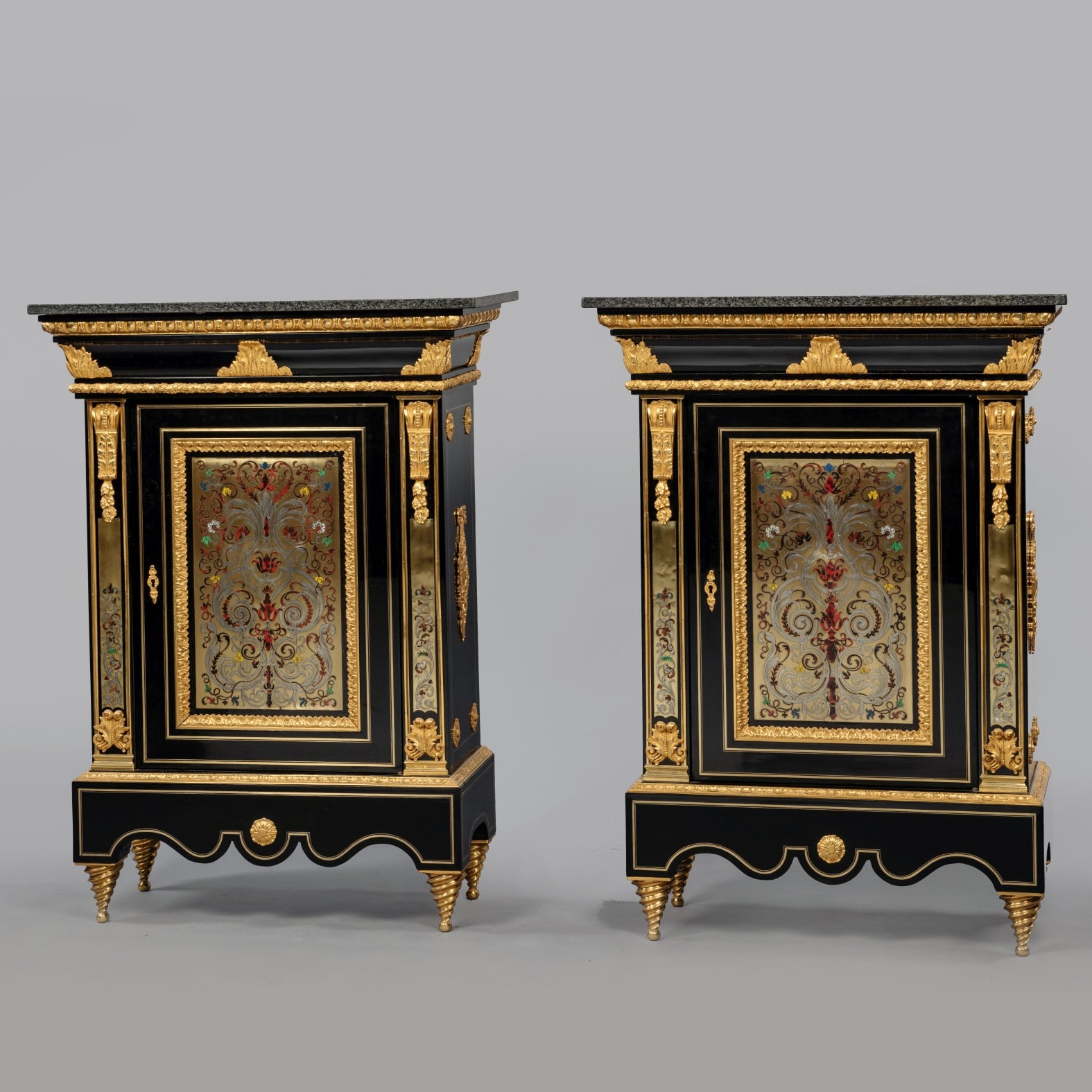

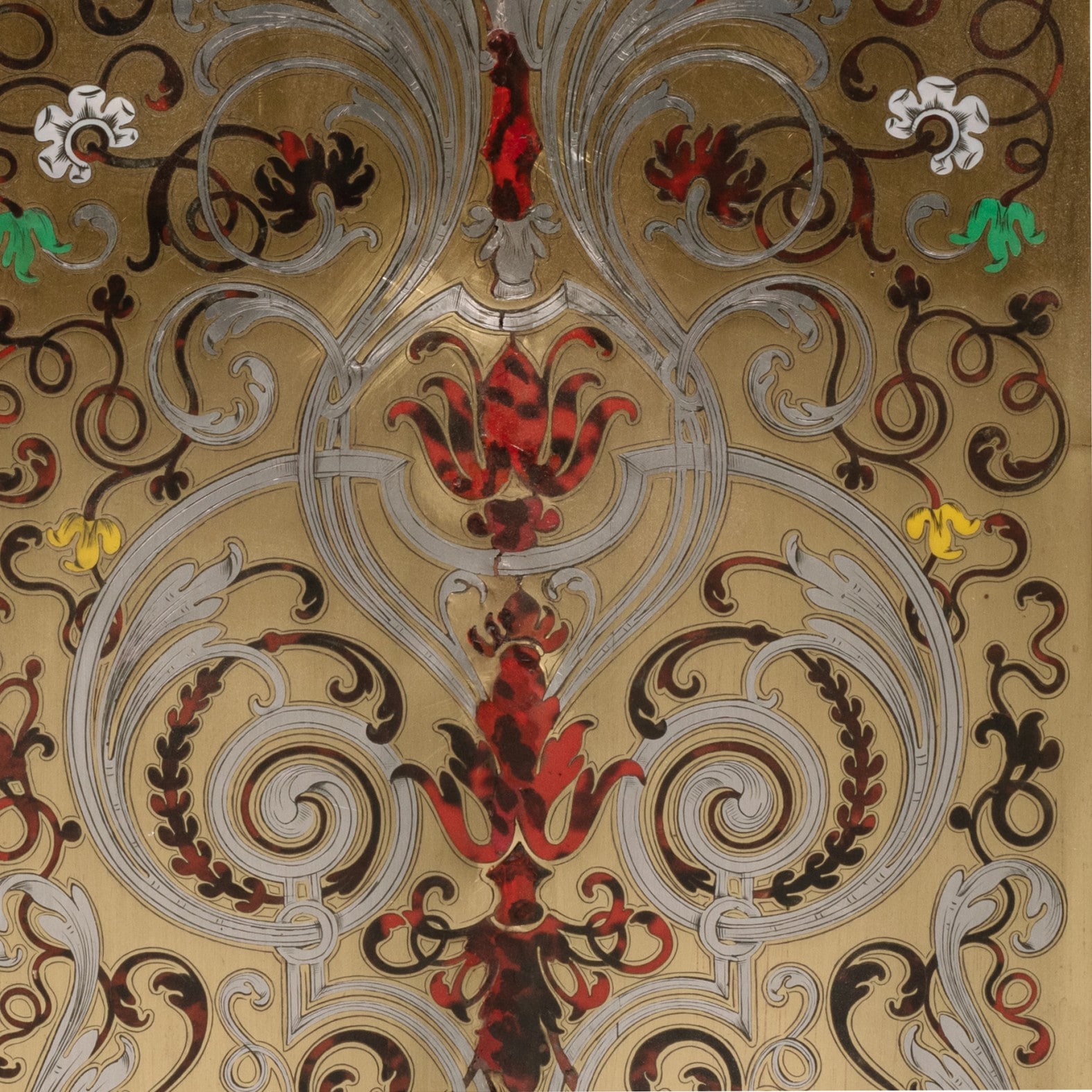
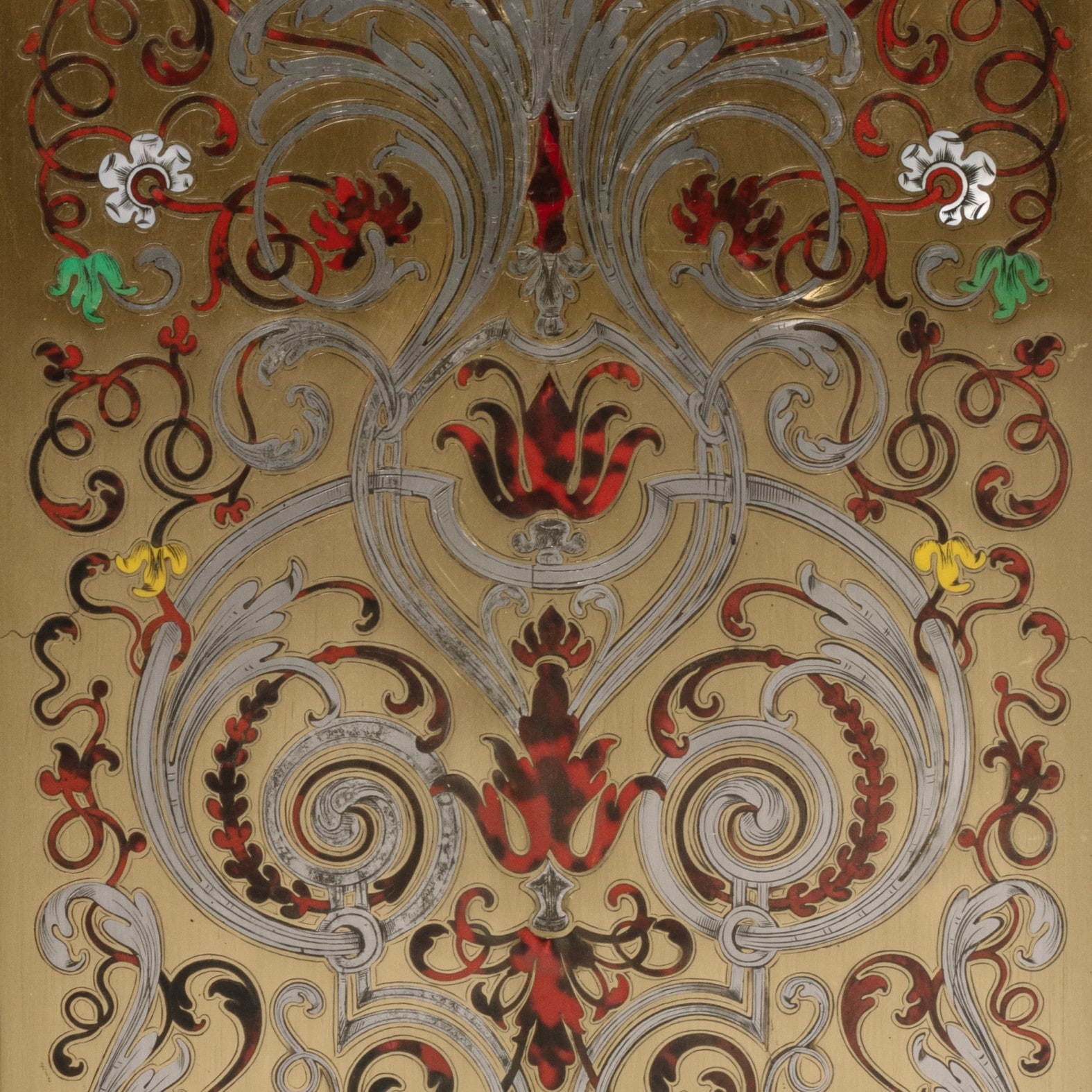

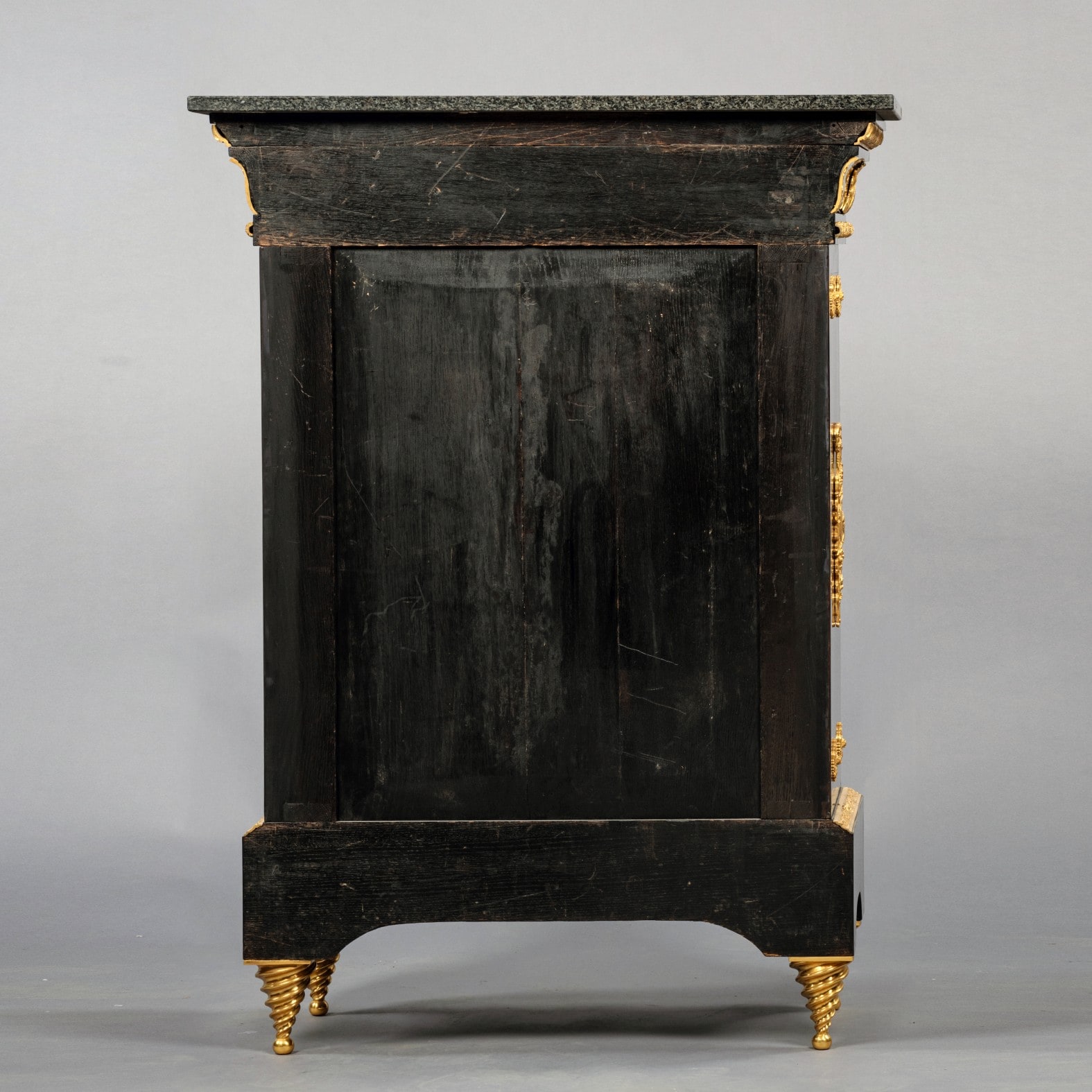
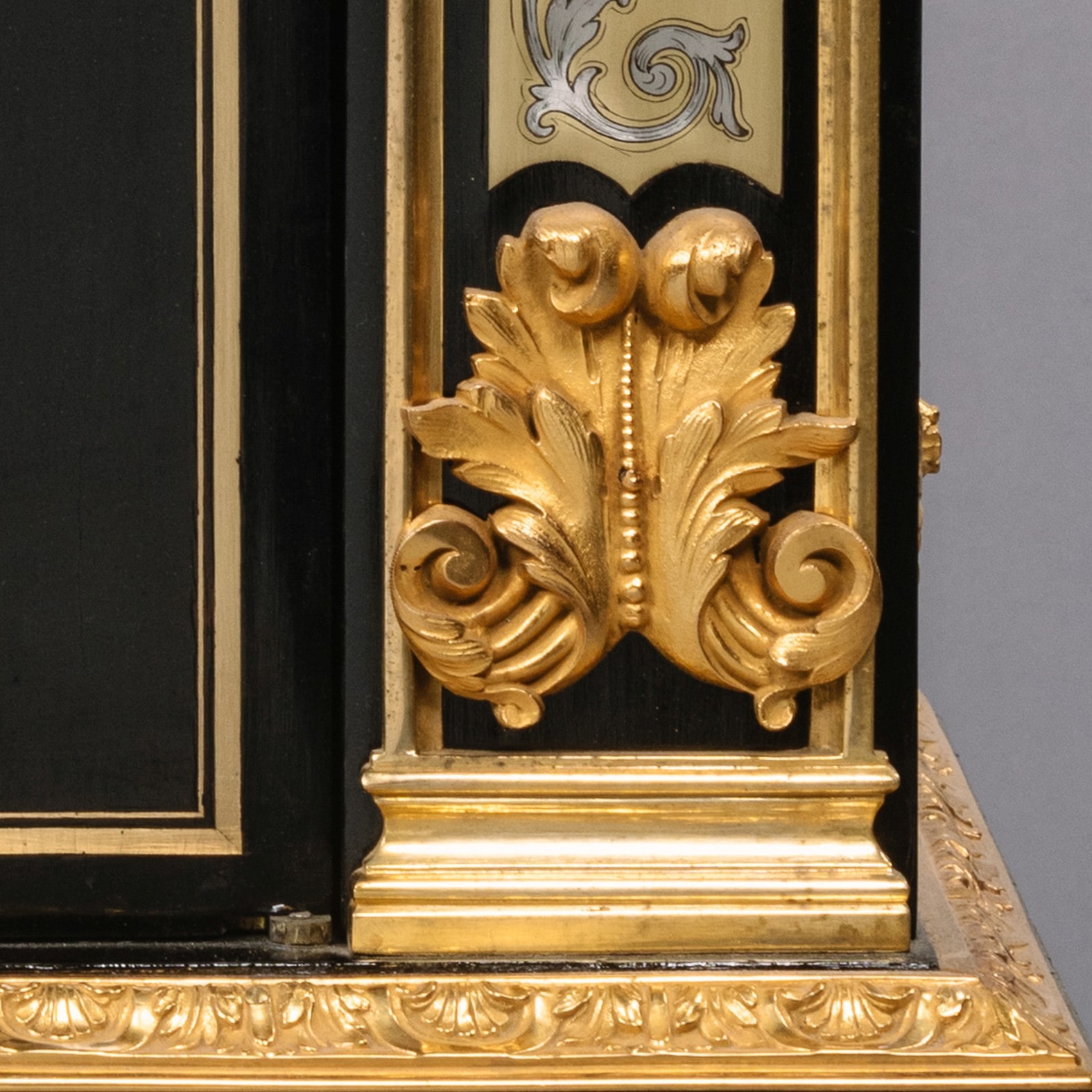
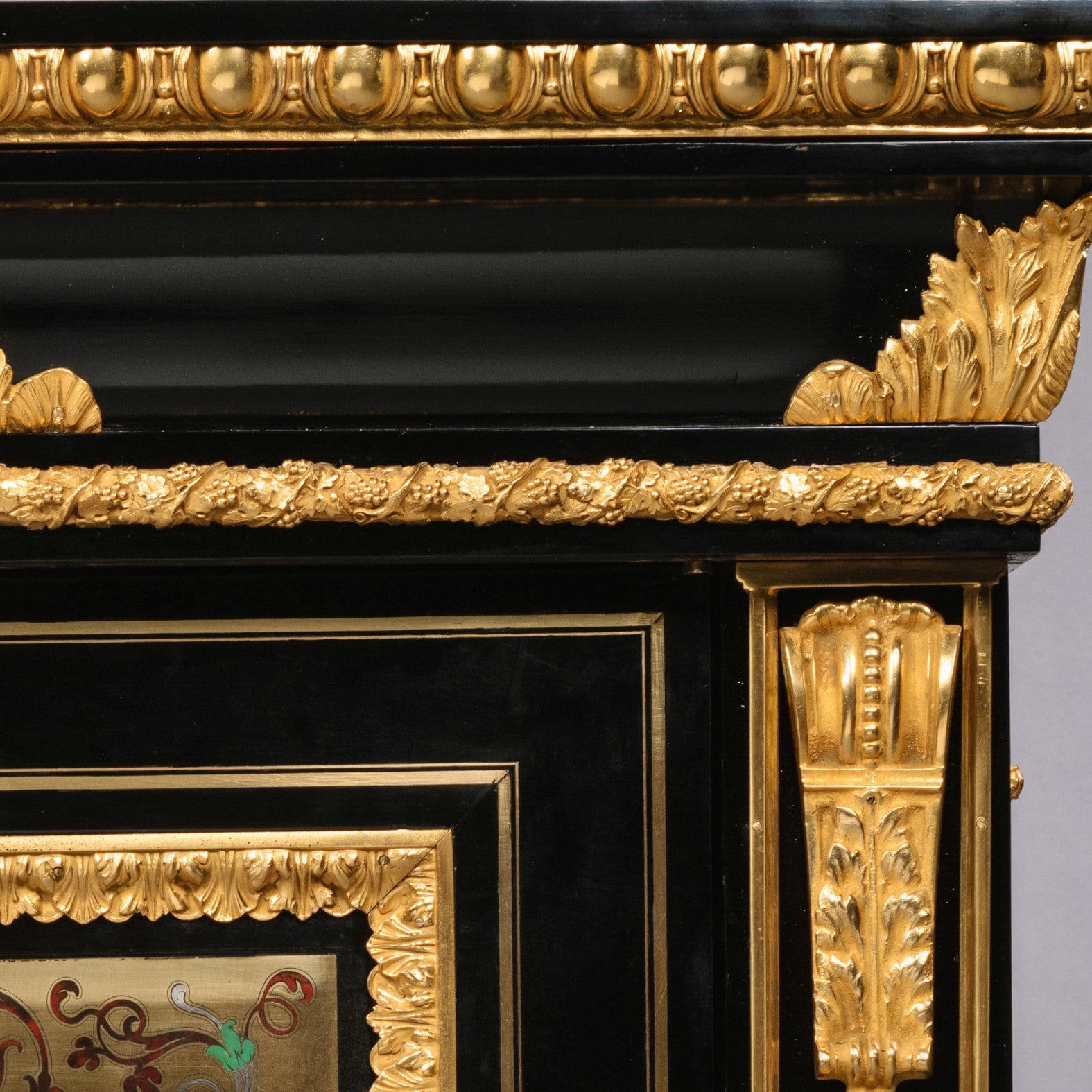

 طبع
طبع